The Viking Age is full of stories of adventure, bravery, and conflict. Yet the ordinary nature of how the people lived day-to-day in the Viking Age surprises many. Here's an introduction to the Viking lifestyle.
Whenever someone mentions Vikings, the general picture painted in the mind’s eye is of burly blonde dudes with horn-winged helmets hopping out of a boat, sword, and axe in hand, ready to burn, plunder, and do all sorts of nasty things to whoever crosses their path.
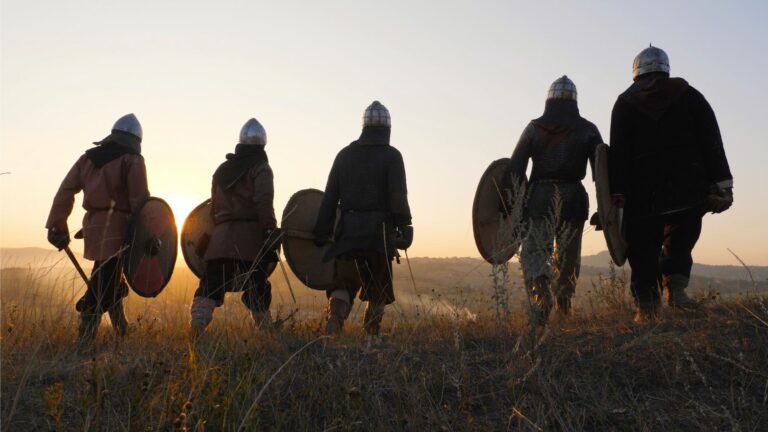
The truth of the matter, however, is that these acts of raiding really only took up a fraction of the time people spent during the Viking Age.
Relatively few people took part in these expeditions, with the majority staying at home to work the land.
In fact, the word ‘Viking' was reserved for those few warriors who set sail in search of trade or new lands, rather than to describe everyone who lived in the Scandinavian lands during the time period.
Some of those who stayed at home would later join the Vikings in new settlements, for example in Iceland or Scotland.
Working the farms
For the most part, the Norse people in the Viking Age were farmers. The majority of the crops they grew were things such as oats, barley, and wheat, with a number of vegetables taking root here and there.
Much like Norway today, there was plenty of livestock scattered across the countryside: pigs, cattle, sheep, horses, chickens, all the basics of European farms.
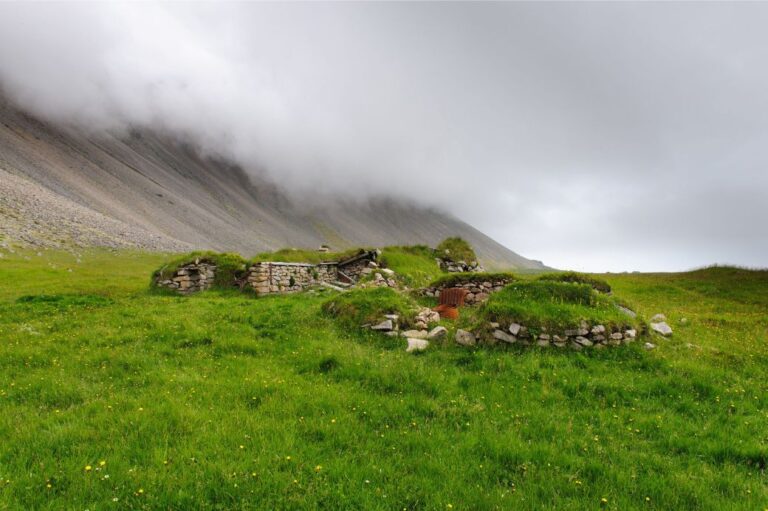
Plenty of other trades were alive and well at the time. Boat builders and wood craftsmen, blacksmiths, leather workers, fishers, even merchants were not uncommon occupations for people like Ragnar or Rollo.
Many people in the Viking Age would do some of the above, but as time went on and larger settlements came to be, there began to be some Norsemen who specialised in one or two particular trades.
Animal-based clothing
When it came to clothing themselves, Vikings were particularly fond of wool and lots of animal skins. Viking women were very skilled weavers, able to make beautiful patterns from wool dyed with plants.
For men’s fashion, it was pretty standard with pants and shirts of varying lengths. For women, the standard fashion was long woolen dresses.
There is plenty of debate on what the styles of the Vikings really were, as not much of their clothing has survived the battle with time.
Having said that, it can generally be assumed that the styles you see on television and in films are probably not historically accurate representations.
For one thing, the Vikings loved bling. Men and women were likely bedecked in rings, bracelets, necklaces, armbands, and so on. Beautifully crafted metals have survived well, and jewelry made from leather, bone, and wood was not uncommon either.
Simple living spaces
After a long day toiling in the fields, or at the end of a long voyage to haul back loot, plunder, and slaves, there was nothing better for a Viking than to kick up their feet at home.
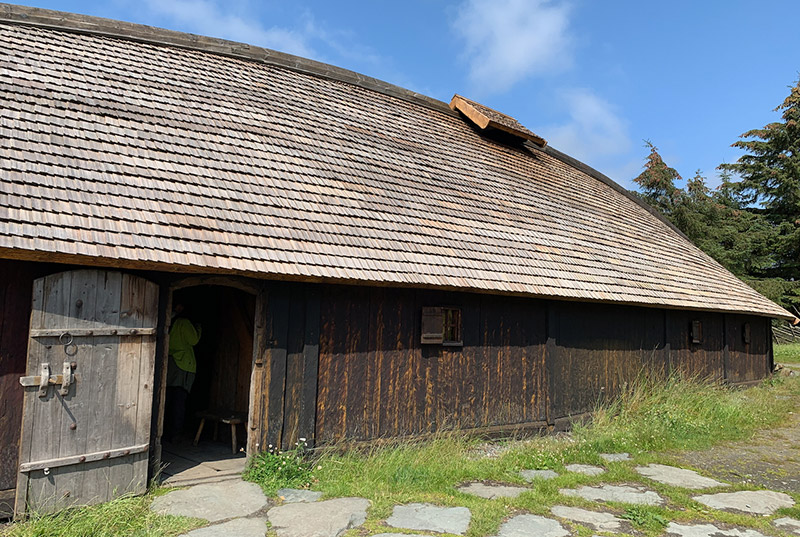
One common misconception was that ‘Vikings' were one people. We often speak of them as a collective. But although the vast majority of Vikings were Norse, the reality was that they lived in many small, disparate communities.
In Norway, these would have been along fjords or on narrow sounds that would provide shelter, good fishing opportunities, and strategic defensive positions. For the chief enemies at the time were other Viking communities!
Viking longhouses were built of wood, mud, stone, or a collage of all the above. The home was generally shaped rectangular-ish and with a sweet hole in the roof to let out the smoke of the probably always burning fire.
Viking homes didn’t differ much from other structures around Europe of that time period, though they were much less grand than how they are often depicted, and perhaps with better methods of insulating the space to keep in the heat during those long, dark, and cold Nordic winters.
Food from the ocean and the farms
What did people eat? Unsurprisingly, fish made up a large portion of the Viking diet. They also had plenty of other proteins to choose from. Pork was the most popular, while horse meat kebabs likely graced many a table.
The main mealtime would often consist of a stew that had been simmering for most of the day, perhaps even longer. It would have been common for the stew to be in a state of constant renewal, lasting several days and topped up with whatever meat and vegetables were available.
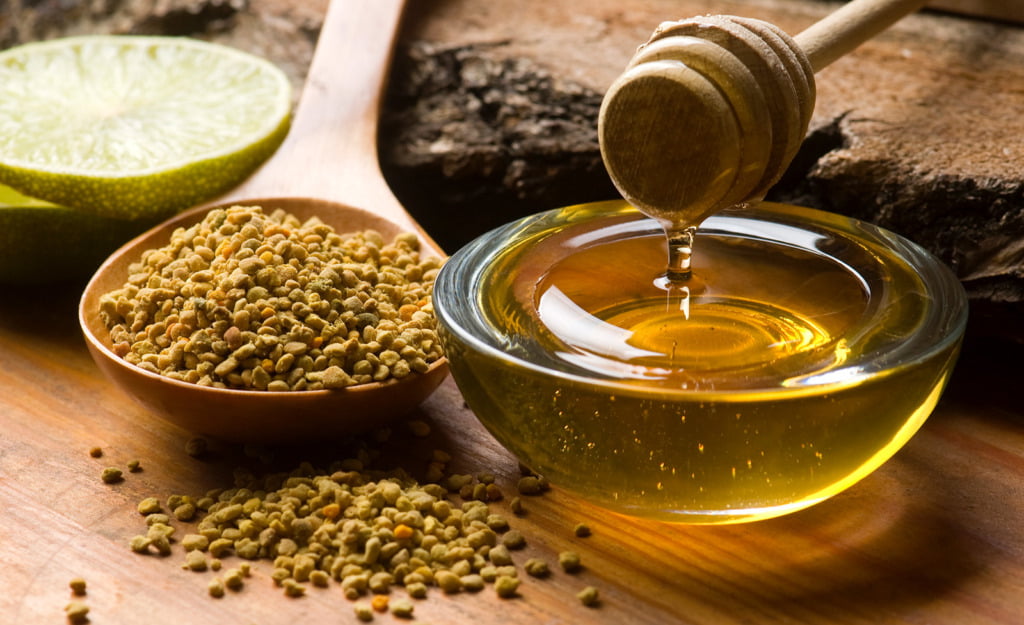
Bread was made from the different grains they grew on their farms. Added to that were the fruits, berries, and nuts that could be foraged from around the farms and the mountains.
The only nuts that we believe the Norse obtained locally were hazelnuts. Walnuts seemed to form part of the diet, but these would have come from trading abroad.
Norse people kept cattle primarily for the milk. Aside from drinking the fresh milk, they made dairy products including butter and soft cheeses.
Still popular in Iceland today is skyr, a yoghurt-like, sweet and sour soft curd cheese. It was a well-loved product in the Viking Age, highly regarded because of its ability to preserve protein for six months or longer.
Apart from milk and water, people in the Viking Age were fond of beer and mead. Norse beer would have been weak by modern standards, while mead is a form of honey wine.
Fun through competitive games
Like many other archaic societies, a lot of the entertainment came from sports such as wrestling, racing, and fighting games.
Vikings even had board games to occupy their time. Researchers suggest that the famous Isle of Lewis Chessmen were created right here in Trondheim before ending up off the coast of Scotland, although these are dated to be from the very tail end of the time of Vikings.
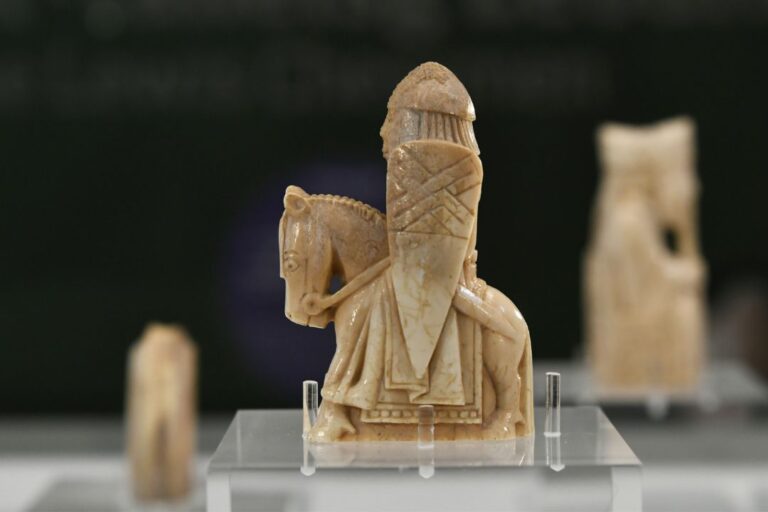
It can be assumed that these were grown out of a longer history of tabletop games. The best known ‘tafl game' (table game) in Scandinavia was ‘Hnefatafl.' It’s likely this is the game they played with the Viking Age gaming piece discovered recently on Lindisfarne.
Lindisfarne was of course the location of the raid that most researchers take as defining the beginning of the Viking Age. Researchers believe the game piece (a small glass ‘crown’) is a rare archaeological link to early Norse raiders.
Warrior poets seem to have been commonplace as well. On many days the towns, the farm, or the great halls were filled with music, poetry, and storytelling. And, of course, the Vikings loved skiing and drinking mead!
Women in the Viking Age
Modern depictions of the era in popular TV and movie dramas have blurred our understanding of the role women playing during the Viking Age.
Recent archaeological discoveries have raised new questions, but the common belief is that despite a surprising amount of gender equality, the influence of women was mainly domestic. They were unlikely to join men in battle, although unlikely doesn't mean it never happened.
If you enjoyed this article, why not share it on Pinterest? We've got just the pin for you. Just hit those social sharing buttons to get started.



Hi Bradley Kurtz,
How is your day. I was wondering if I can use your article for my class project? I am writing about the misconceptions and myths of the Vikings. Which, many people have this here present times.
yeee
Hello. Good article. I would like to know if there is any village that actually live like in the vinking Era or at least inspired by it. Thanks!
I have the same question! But it appears the author doesn’t reply to comments 🙁
Great article. Love the pics you chose to go with the content.
Worst website ever. No information whatsoever. Not it. You will hear from my lawyer in 2-3 business days. Not happy at all, this article makes me suicidal. From the bottom of my heart please delete this website.
Schoolchildren have lawyers now? Wow!
lol
this was cool